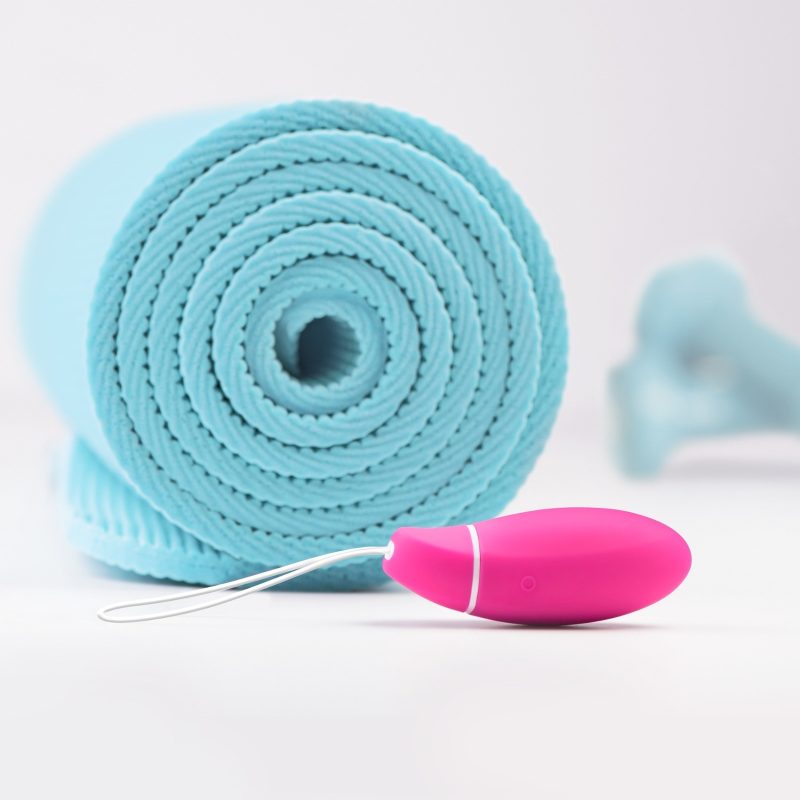Incontinence
Can incontinence pads be used for bowel movements?
Can incontinence pads be used for bowel movements?
Incontinence pads are primarily designed for managing urinary incontinence, but they can also be used for bowel incontinence to some extent. Bowel incontinence, also known as fecal incontinence, is the inability to control bowel movements, resulting in the involuntary passage of feces.
Can you use incontinence pads for poo?
Incontinence pads, also known as adult diapers or absorbent pads, are primarily designed for managing urinary incontinence, which involves the involuntary leakage of urine. While they can provide some level of protection and containment for bowel incontinence ,they may not be as effective for solid waste as they are for liquid waste. You can check out some products for bowel movement
What medication is used for bowel and bladder incontinence?
The choice of medication for bowel and bladder incontinence depends on the underlying causes and the specific symptoms a person is experiencing.Before using medicines, you should consult with a healthcare provider who can assess your condition and provide appropriate recommendations.
Here are some common medications used for both bowel and bladder incontinence:
- Anticholinergic Medications: These medications are often prescribed for overactive bladder (OAB) and can help reduce the frequency of bladder contractions.
- Beta-3 Agonists: It is a beta-3 agonist that relaxes the bladder muscle, increasing the bladder’s capacity and reducing the urge to urinate. Mirabegron is often prescribed for OAB
- Laxatives: For bowel incontinence caused by chronic constipation, laxatives may be prescribed to help regulate bowel movements and prevent fecal impaction. Common types of laxatives include stool softeners, osmotic laxatives, and stimulant laxatives.
- Tricyclic Antidepressants: In some cases, tricyclic antidepressants like imipramine may be prescribed for bowel incontinence. They can help reduce the urgency to defecate and increase anal sphincter tone.
- Alpha-Adrenergic Agonists: These medications, such as midodrine, are sometimes used for stress urinary incontinence (SUI) or overflow incontinence. They work by increasing urethral sphincter tone to prevent urine leakage.
How common is bowel incontinence?
Bowel incontinence, or when you can’t control your bowel movements, is a common issue, but how many people have it depends on things like how old they are, their health, and if they’re a man or a woman. Here are some general things to know about how often it happens:
- Overall Prevalence: Estimates of the prevalence of bowel incontinence vary, but it is generally considered a common condition, especially among older adults. It is thought to affect millions of people in the United States alone.
- Age: Bowel incontinence becomes more common as people age. Older adults are more likely to experience this condition due to age-related changes in the muscles and nerves that control bowel movements.
- Gender: Bowel incontinence can affect both men and women, but some studies suggest that it may be more prevalent in women. This difference may be partly attributed to factors like childbirth and hormonal changes.
- Underlying Health Conditions: Certain medical conditions, such as chronic diarrhea, irritable bowel syndrome (IBS), inflammatory bowel disease (IBD), and neurological disorders (e.g., multiple sclerosis, spinal cord injury), can increase the risk of bowel incontinence.
- Childbirth: For women, childbirth can be a risk factor for bowel incontinence, particularly if there were complications during delivery that led to injury or damage to the pelvic floor muscles or anal sphincter.
- Obesity: Obesity can contribute to increased pressure on the rectum and anus, potentially increasing the risk of bowel incontinence.
- Chronic Constipation: Chronic constipation, which can lead to straining during bowel movements and potential muscle damage, is another risk factor for bowel incontinence.




